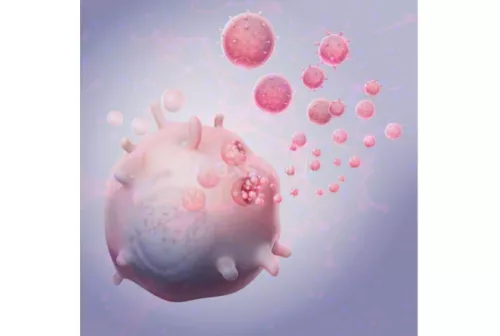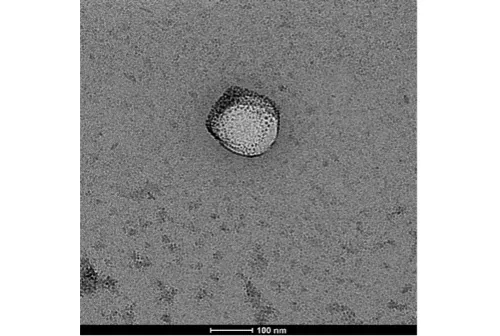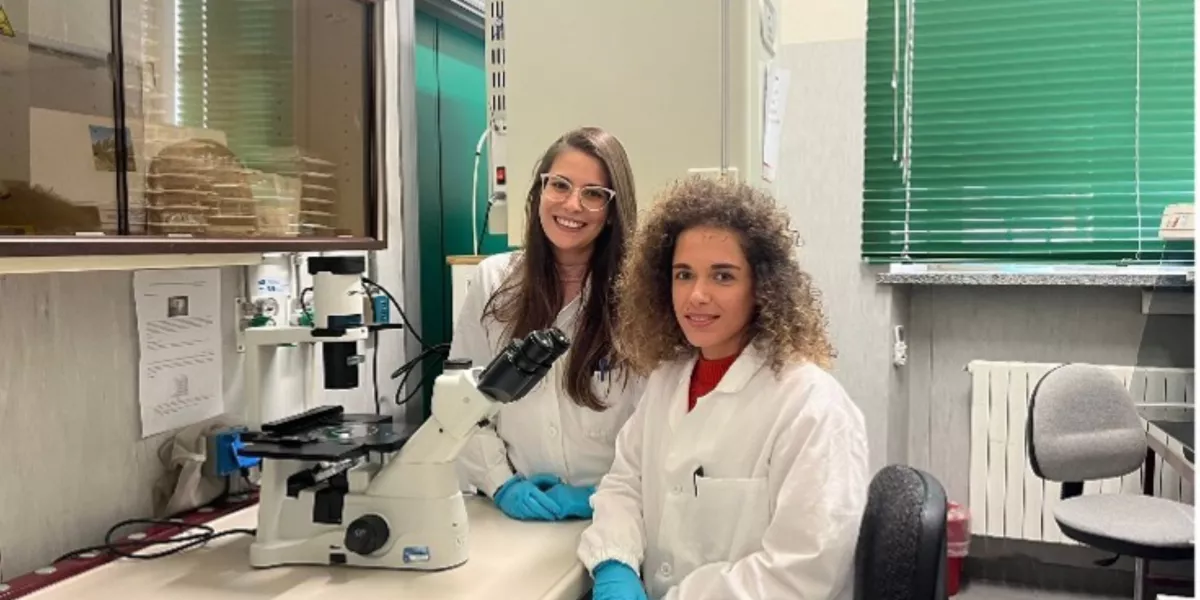Nanovescicles associated with the matrix: miniature heroes against chronic inflammation

Chronic inflammation is a common persistent immune response observed in various degenerative diseases that can promote chronic disease.
In this context, immunomodulation, which involves the ability to instruct immune cells to move from an inflammatory to a regeneate state, thus promoting the resolution of pathology, represents an intriguing solutions.
In regenerative medicine, various strategies can be used to achieve this effect, including exploiting the intrinsic regenerative potential of innovative biological materials: extracellular matrix-associated nanovescicles. These tiny structures, ranging in size from 50 to 400 nanometers, are secreted by cells in various tissues and released into the extracellular matrix and anchored firmly to it. Their presence has been identified in the extracellular matrix of different tissues, such as the skin, heart and intestinal submucosa.

These nanovesicles contain various several bioactive components capable of guiding cellular responses, including proteins, nucleid acids, lipids, cytokines and chemokines. This bioactive content may vary based on the tissue of origin; however, a common feature is the abitily to induce an anti-inflammatory effect and promote a regenerative environment.
Their potential has been demonstrated both in vitro and in vivo studies, in animal models affected by inflammatory conditions such as rheumatoid arthritis and injuries to the nervous system. This extraordinary immunomodulatory effect, combined with their nanometric structure, makes them promising candidated as innovative and non-invasive therapy in the control of chronic inflammation in various pathologies.
Only a few research groups are currenlty exploring these applications, including the Human Anatomy laboratory at the University of Piemonte Orientale, led by Professor Francesca Boccafoschi, who is also the leader of the flagship project ''INNDIANA'' of NODES.
In the context of regenerative medicine, the research group composed by the PhD student Dalila Di Francesco and the master student Carolina Di Varsavia are involved on identifying and studying the nanovescicles associated with the extracellular matrix derived from bovine pericardium.
The characterization of these immunomodulatory nanovescicles could therefore present a new experimental approach for managing chronic inflammation and developing innovative therapies.

